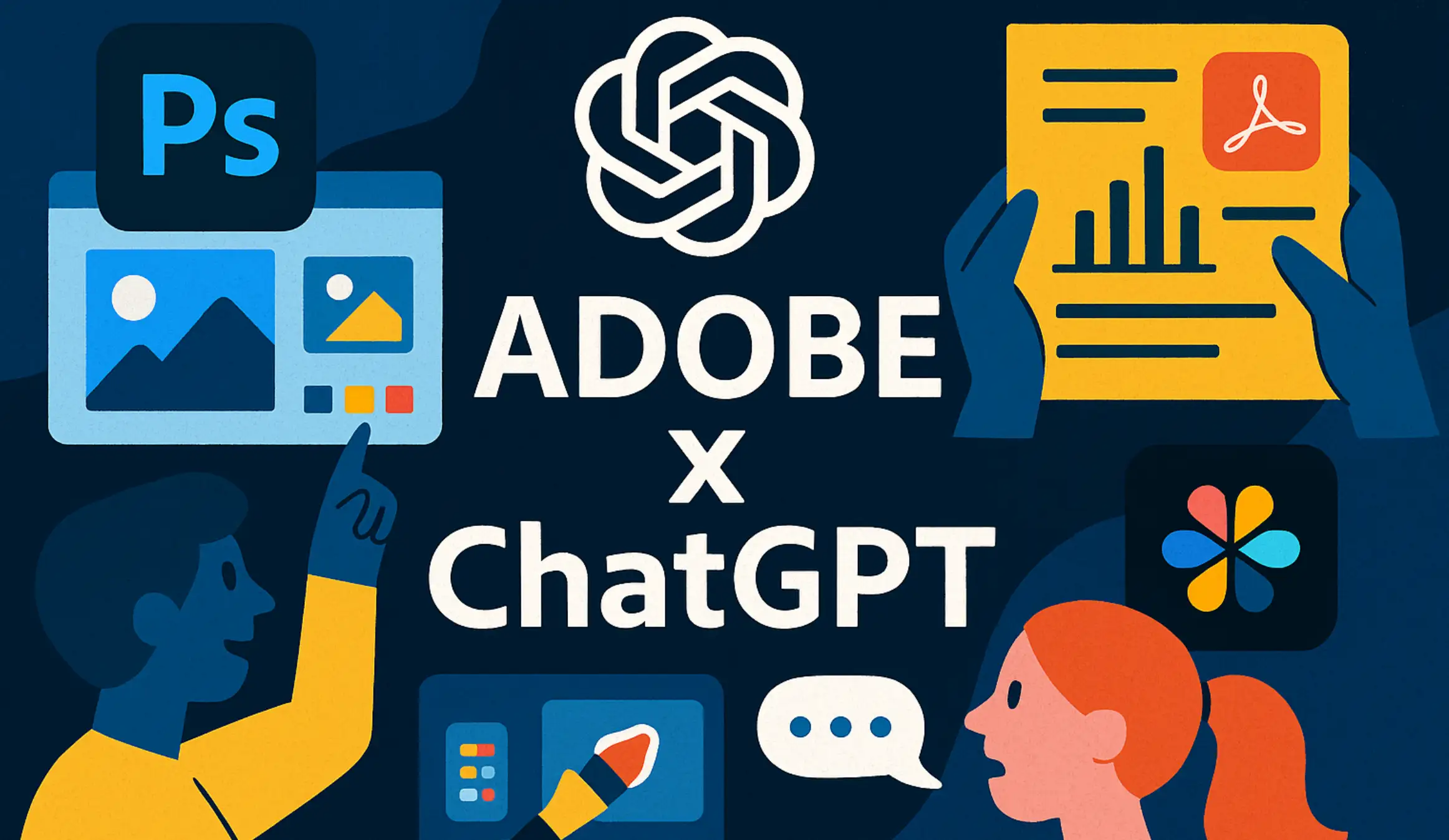Introducing Bard AI: Google's Solution to ChatGPT
Updated on
Published on

Google's latest AI technology, Bard, is here and it's set to change the game in the world of conversational AI. This innovative tool blends the power of large language models with the vast knowledge of the web to provide high-quality responses to your questions. In this blog, we will dive into how Bard can help you simplify complex topics, explore new discoveries, and spark creativity. Additionally, we will compare Bard with ChatGPT to help you understand how these two conversational AI technologies differ and which one may be the right choice for you. Get ready to discover the future of conversational AI with Bard!

Introducing Bard: Google’s new AI
As AI technology continues to soar to new heights, companies are investing heavily in its development to harness its incredible potential. Google is at the forefront of this revolution, creating experimental AI services like Bard that aim to revolutionize the world of conversational AI.
Bard combines the vast knowledge of the world with the intelligence and creativity of large language models to provide high-quality responses to a wide range of topics. It's an innovative tool that draws information from the web, making it a platform for creativity and a source of answers to even the most complex questions.
From exploring the latest scientific discoveries to discussing the best football players in the world, Bard has it all. And, with the lighter version of LaMDA, Bard is now accessible to even more users, allowing for a wider range of feedback and further refinement. Google is dedicated to ensuring that Bard meets the highest standards for quality, safety, and real-world information, making it a tool that can be trusted for years to come.
So why wait? Introducing Bard, the future of conversational AI, brought to you by Google!
AI in Our Everyday Lives
Google's been using AI to make its search engine even better for years now, but have you heard about its latest projects? BERT started the revolution in understanding human language, but now it's time for LaMDA, PaLM, Imagen, and MusicLM to take the stage! These cutting-edge AI technologies are changing the way we interact with information, from language and images to video and audio. And the best part? They're being integrated into Google's products, starting with Search!
Imagine this: AI is about to make it super easy for you to understand complex information and turn it into useful knowledge. Soon, Google Search will have AI-powered features that give you a quick overview of all the important stuff, and help you dig deeper if you want to learn more. No more endless scrolling through irrelevant information!
AI for the People
Not only is Google using AI to improve its own products, but they're also making sure everyone can benefit from these amazing advancements. The company is all about helping developers innovate with AI and they believe this technology will bring a whole new era of creativity and progress.
In conclusion, AI is changing the game and its impact on our world is only going to get bigger and better. From making complex topics easy peasy to providing us with useful knowledge, the possibilities are endless. It's time to get on board and embrace the AI revolution!"

Introducing ChatGPT by OpenAI
Have you heard about ChatGPT? It's a cutting-edge language model developed by OpenAI, capable of understanding and generating human-like text. ChatGPT has been making waves in the AI industry and has been praised for its impressive language capabilities.
However, it seems like Google has stepped up to the plate with their own answer to ChatGPT, the "Bard" model. Bard, which stands for "Bidirectional Encoder Representations from Transformers," is Google's latest language model that's been making headlines in the AI community.
Bard is considered to be an improvement over previous language models, as it's capable of generating high-quality text, while also being much more efficient and faster in processing information. In fact, some experts even consider Bard to be one of the best language models available today.
Google's focus on developing Bard is a testament to the growing importance of natural language processing and AI technologies in our daily lives. With its impressive language capabilities, Bard has the potential to revolutionize the way we interact with technology and enhance our ability to communicate with each other.
In short, Bard is Google's response to the growing popularity and success of ChatGPT, and it's sure to be an exciting development in the field of AI and language processing. Stay tuned as we continue to see what this powerful model can do!
ChatGPT versus Bard
ChatGPT and BARD are two of the largest language models created by OpenAI and Google, respectively. Both models use deep learning techniques to generate human-like text, but there are some key differences between the two models that are worth discussing.
First, let's look at ChatGPT. As one of OpenAI's earliest language models, ChatGPT has set the standard for conversational AI. With its powerful neural network, ChatGPT is capable of understanding and generating text in a variety of styles and genres, from casual conversation to technical writing. It has been trained on a massive corpus of text data, which allows it to generate text that is both accurate and contextually appropriate.
Now, let's take a look at BARD. BARD is Google's answer to ChatGPT and represents the company's latest advancements in language model technology. Like ChatGPT, BARD uses deep learning techniques to generate human-like text. However, BARD is designed to be more efficient and faster than its predecessor. It is able to generate text in real-time, making it suitable for use in applications where quick response times are important, such as chatbots and virtual assistants.
Another difference between the two models is their approach to language generation. While ChatGPT generates text in a more traditional, sequential manner, BARD uses a new approach known as "autoregressive density estimation". This approach allows BARD to generate text that is both more diverse and more coherent than text generated by ChatGPT.
In conclusion, ChatGPT and BARD are both powerful language models that have their own strengths and weaknesses. While ChatGPT may be better suited for certain applications, BARD's faster response time and more diverse language generation make it an exciting development in the field of conversational AI. Regardless of which model you choose, it's clear that the future of language models is bright and we can expect to see even more advancements in this field in the years to come!
How to access Bard?
Unlike ChatGPT which was open to the public for testing, Bard is currently in its initial testing phase and only selected users will have access to it.
Google recently announced that they are releasing Bard in a lightweight model version of LaMDA, which requires less computing power, making it easier to scale to more users and receive more feedback. During this phase of testing, Google will be combining external feedback with their own internal testing to ensure that Bard's responses meet high standards for quality, safety, and realism.
However, the general public won't have access to Bard just yet. In its announcement blog, Google stated that it's releasing Bard to trusted testers first before making it more widely available to the public in the coming weeks. So, for now, we'll have to wait and see how Bard develops and improves with the help of external feedback.
In conclusion, if you're eager to try out Bard, you'll have to wait a bit longer before it becomes publicly available. But rest assured, Google is working hard to ensure that Bard will meet high standards for quality and safety before it's rolled out to the masses.







